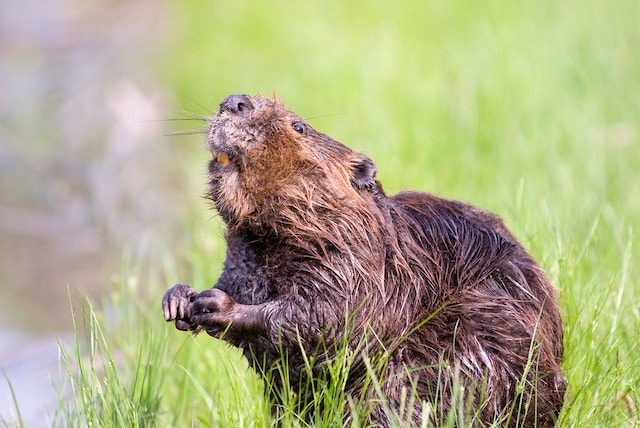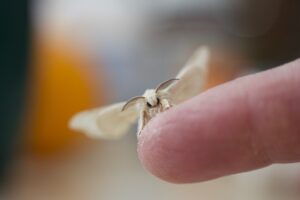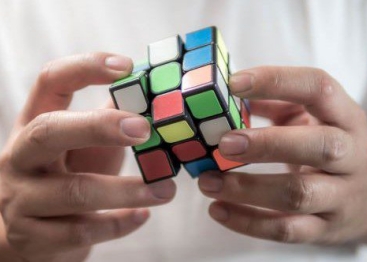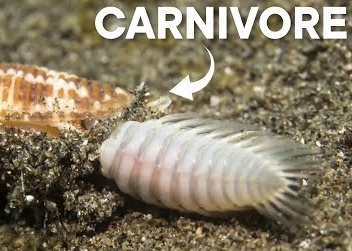Animal Brains Who Holds the Top Spot
When we think about intelligence, humans often come to mind first. We have IQ tests, problem-solving skills, and the ability to create complex societies. But what about animals? Measuring intelligence in animals is no easy task, especially when even human IQ tests are often criticized for being biased or incomplete. So, how do we even begin to understand the smarts of creatures that don’t speak our language or live by our rules? Let’s dive into some fascinating examples of animal intelligence that might just blow your mind.
What Makes an Animal Smart?
Intelligence isn’t just about solving math problems or memorizing facts. It comes in many forms—emotional intelligence, problem-solving, social skills, and even creativity. For animals, intelligence often shows up in ways that are completely different from humans. Think about a dog learning a new trick or a crow using tools to get food. These behaviors aren’t just random—they’re signs of a thinking, learning brain.

But here’s the catch: measuring animal intelligence isn’t as simple as giving them a test. Researchers have to observe behaviors, study brain activity, and sometimes even get creative with experiments. And what they’ve found is nothing short of incredible.
Chimpanzees: The Brainiacs of the Animal Kingdom
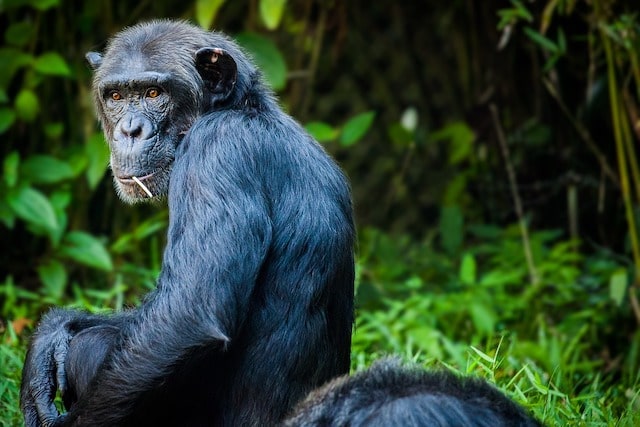
Chimps are often considered the gold standard of animal intelligence, and for good reason. They’re our closest relatives, sharing about 98% of our DNA. But it’s not just genetics that make them smart—it’s their behavior.
Chimpanzees have been observed using tools in ways that would make even humans impressed. For example, in Gabon, chimps use a toolkit of sticks to break into beehives and extract honey. They don’t just grab any stick—they carefully select different sizes and shapes for specific tasks. Even more impressive? They teach these skills to younger chimps, passing down knowledge through generations.
And then there’s memory. In a famous 2013 study, a chimpanzee named Ayumu stunned researchers by outperforming humans in a memory test. Numbers flashed on a screen for just a fraction of a second, and Ayumu was able to recall their order with incredible accuracy. Even humans with extensive training couldn’t beat him. While not all chimps are memory champions, this study shows just how advanced their cognitive abilities can be.
Dolphins: The Emotional Geniuses of the Sea
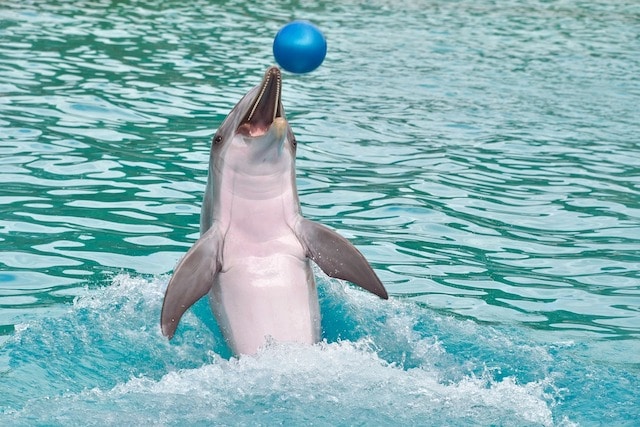
Dolphins are another group of animals known for their intelligence. They’re quick learners, socially complex, and even have a sense of humor. But what really sets them apart is their emotional intelligence. Dolphins have been observed showing empathy, grief, and joy. In fact, the part of their brain that processes emotions is even more complex than ours.
Communication is another area where dolphins shine. They use a combination of clicks, whistles, and body language to “talk” to each other. Some dolphins have even learned to understand human hand signals and can combine them to form new meanings. This level of communication is rare in the animal kingdom and shows just how sophisticated their brains are.
Dolphins also have a knack for math. They understand basic concepts like “more than” and “less than,” and some research suggests they use non-linear math when hunting with echolocation. By blowing bubbles and sending out sonar pulses, they can calculate the position of fish in their heads—a skill that requires serious brainpower.
Crows and Ravens: The Feathered Einsteins
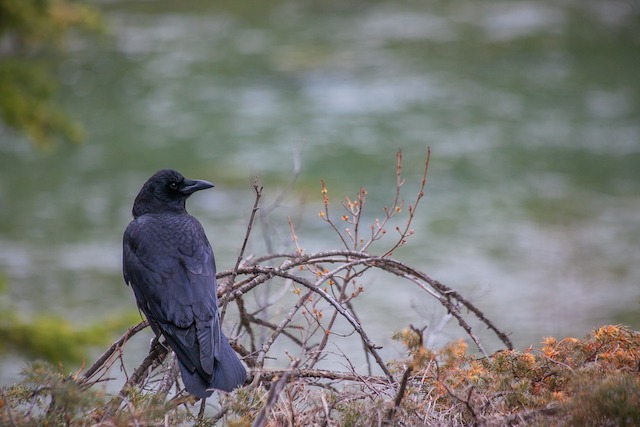
Birds might not be the first animals you think of when it comes to intelligence, but crows and ravens are here to prove you wrong. These birds are problem-solving pros, capable of using tools, recognizing human faces, and even planning for the future.
In one experiment, crows were shown a puzzle they’d never seen before. Without any training, they solved it on their first try—a feat few animals can match. They’ve also been observed using sticks to retrieve food and even dropping nuts on roads so that cars will crack them open.
But perhaps the most mind-blowing discovery is that crows understand the concept of zero. Yes, zero! This abstract idea took humans centuries to grasp, but crows can recognize it as a number and understand its place in a sequence. They know that zero comes before one, which is a level of numerical understanding that’s rare in the animal kingdom.
Ravens, close relatives of crows, are no slouches either. They’ve been seen calling in larger predators like wolves to help them access food they can’t get on their own. And in experiments, they’ve shown the ability to plan for the future, choosing tools they can’t use immediately but know will come in handy later.
Octopuses: The Escape Artists of the Ocean
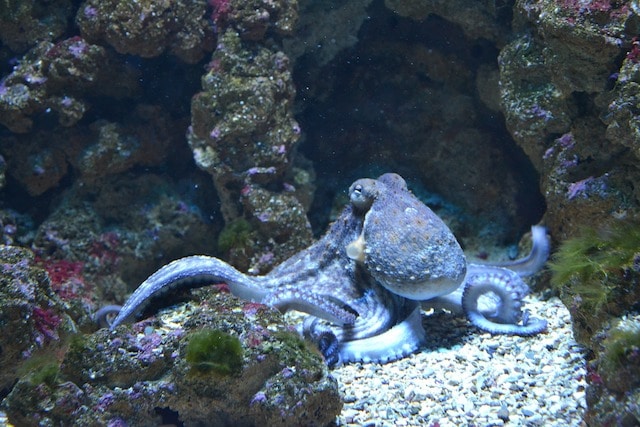
If you think intelligence is limited to mammals and birds, think again. Octopuses are some of the most intelligent creatures in the ocean—and they’re not even vertebrates. These eight-armed wonders have been known to solve puzzles, open jars, and even escape from their tanks.
Take Otto, an octopus at a German aquarium who figured out how to short-circuit the lights by squirting water at them. He only did it when the lights were on, and it seemed like he enjoyed the chaos it caused. Another octopus, Louis, spent hours playing with a Mr. Potato Head toy. And then there are the octopuses that recognize specific humans and squirt water at them—just because they can.
What makes octopuses even more fascinating is how different their brains are from ours. Two-thirds of their neurons are in their arms, not their heads. This means they think with their whole body, a concept that’s hard for us to wrap our heads around. Yet, they’re capable of complex behaviors like using tools and planning for the future. In one study, octopuses were observed carrying coconut shells to use as shelters later, even though it slowed them down and made them more vulnerable in the short term.
The Takeaway
Animal intelligence is a vast and varied field, and we’re only scratching the surface. From chimps using tools to crows understanding zero, the animal kingdom is full of surprises. These creatures remind us that intelligence isn’t just a human trait—it’s a spectrum, and every species has its own unique way of thinking and problem-solving.
So, the next time you see a crow solving a puzzle or a dolphin playing a game, take a moment to appreciate just how incredible the natural world is. Who knows? You might just learn something new from our animal friends.


